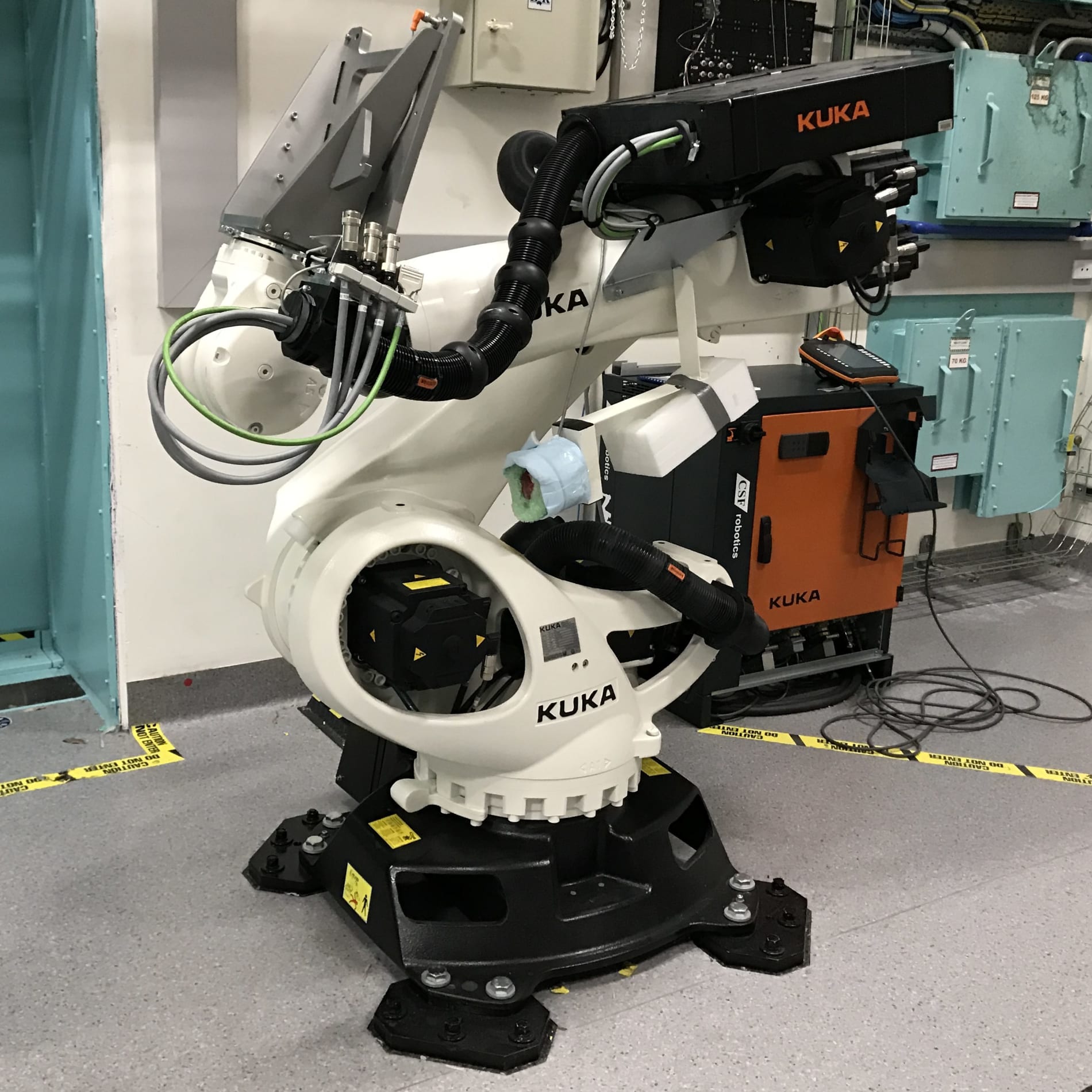
Read the Charter of Independence here.

By DAVID McALPINE,
science editor
A new world of medical imaging is being pioneered at Melbourne's Synchrotron.
The world-first medical imaging technology is being used by scientists to observe individual cells at work in live people and animals, with space-age robotics playing a crucial role.
The Australian Synchrotron is home to the largest X-ray beam of any synchrotron in the world, with the 140m-long Imaging and Medical Beamline (IMBL) capable of configuring an X-ray beam up to 50cm wide and 4cm high.
• The Australian Synchrotron is holding an Open Day this Sunday, from 9.30am to 5pm. Free, but online bookings essential.
One of the synchrotron’s applications is in medical research, powering X-ray imaging technology 10 times more powerful than a conventional X-ray or CT scan in a hospital.
Principal scientist Dr Daniel Hausermann says while other synchrotron facilities around the world image small animals such as rats, the Australian Synchrotron can scan humans and large animals, including sheep.
“We have quite a few firsts on this particular beamline. We have the largest X-ray beam of any synchrotron in the world because we wanted to image large objects,” he says.

The synchrotron uses intense, high-powered X-rays in experiments as varied as analysing rare artworks or helping design new materials.
It operates by accelerating electrons to the speed of light and transferring them to a storage ring 190m in diameter. X-rays are drawn from that into a number of research stations, each of which uses them in a different way, for different purposes. The IMBL is dedicated to medical uses.
Dr Hausermann says the IMBL’s imaging technology, called phase contrast imaging, is sensitive to much smaller details than conventional hospital equipment.
Rather than in a normal X-ray scan, in which the film shows where X-rays have been absorbed in the body, phase contrast imaging exploits how X-rays are bent slightly when passing through boundaries, such as from the inside of a cell to the outside.
This allows scientists to observe small density changes, such as individual cells of a live animal or person, rather than large density changes resulting in the relatively crude outlines of bones and organs created by conventional X-ray scans.
“If I illuminate a single human cell, in my image I will be able to see this cell because there is a slight density change at the boundary of the cell and the inside,” Dr Hausermann says.

“If I am imaging a live lung, a lung is like a sponge with air inside. If you took a normal X-ray of a lung, you will just see, and most people have seen it, the shadow of a mass which is the lung, you don’t see any structure.”
“If you do the same in [the Synchrotron] you will see all the individual alveoli in the lung.”
After the synchrotron imaging technology had proven itself on small-scale tissue samples and large animals such as sheep, Dr Hausermann’s team scoured the globe for a way to precisely position human subjects in front of the beamline.
A state-of-the-art patient positioning robot was recently installed, engineered in Germany by a company known for robotics in the manufacturing industry.
“We can put a patient anywhere in the room and image any part of the human body,” he says.
Dr Hausermann says the medical researchers who use the synchrotron are excited by the potential applications it has in understanding an array of diseases.
“We are about 2½ years away from putting the first patients on this robot.”

The robot’s first task will be to position patients with breast cancer, in a study aiming to better understand how cancer develops and recurs after treatment.
“The phase contrast, which you can’t use in the hospital, will enable us to pick up features, tiny changes in breast density, which cannot be seen during normal screening or using any kind of normal imaging.”
Other applications include imaging joints, tendons, nerves, muscles and other structures of interest to researchers, such as bone cancers known as osteosarcomas that are normally poorly shown on conventional scans.
“We can see not only the structure of the bone and inside the bone but the structure and the different density changes of all the various surrounding parts of the bone.”
“The clinicians working with osteosarcomas would like to know how the interface between the tumour and bone develops with time. You cannot do this in the hospital at all with any kind of imaging.”
“The spectrum is wide of what we could do. It’s a world-unique tool.”
